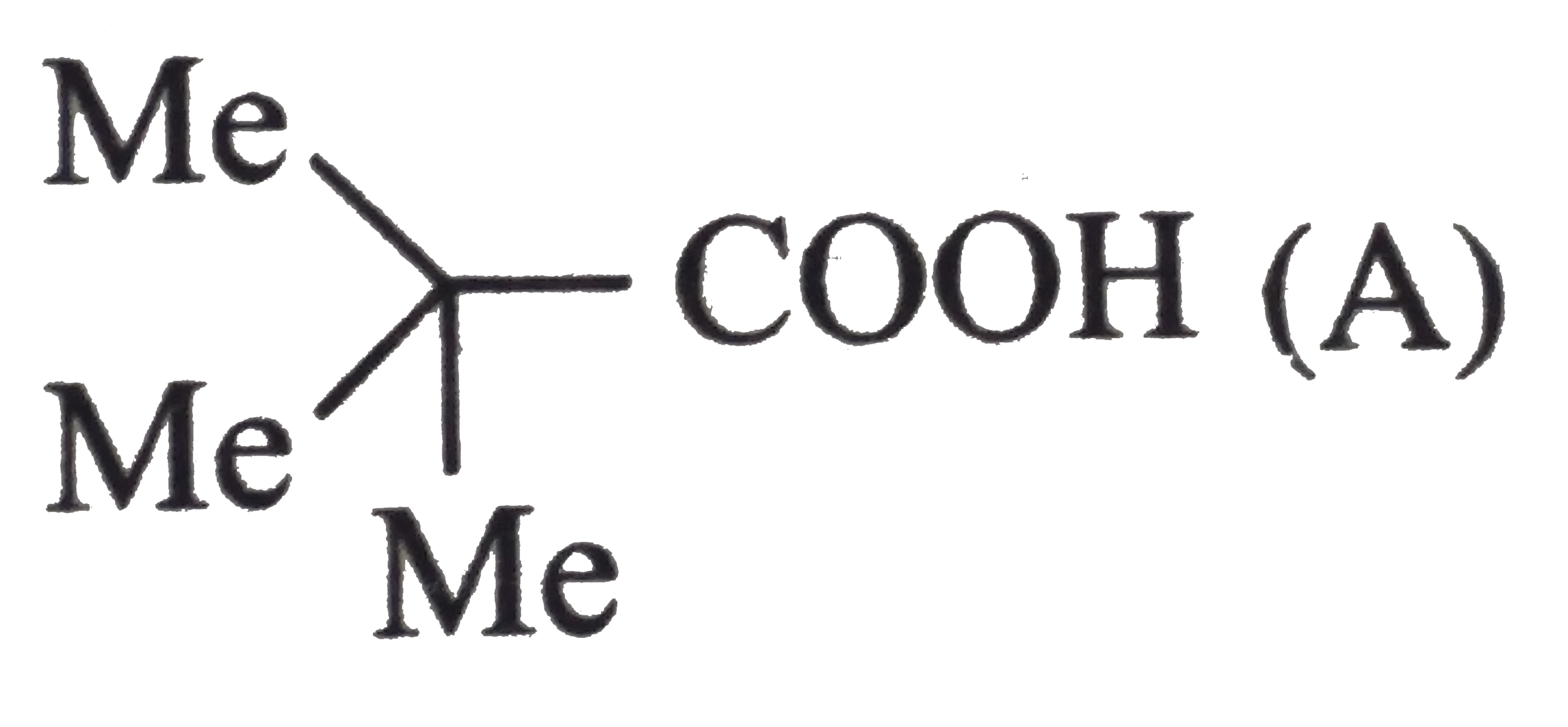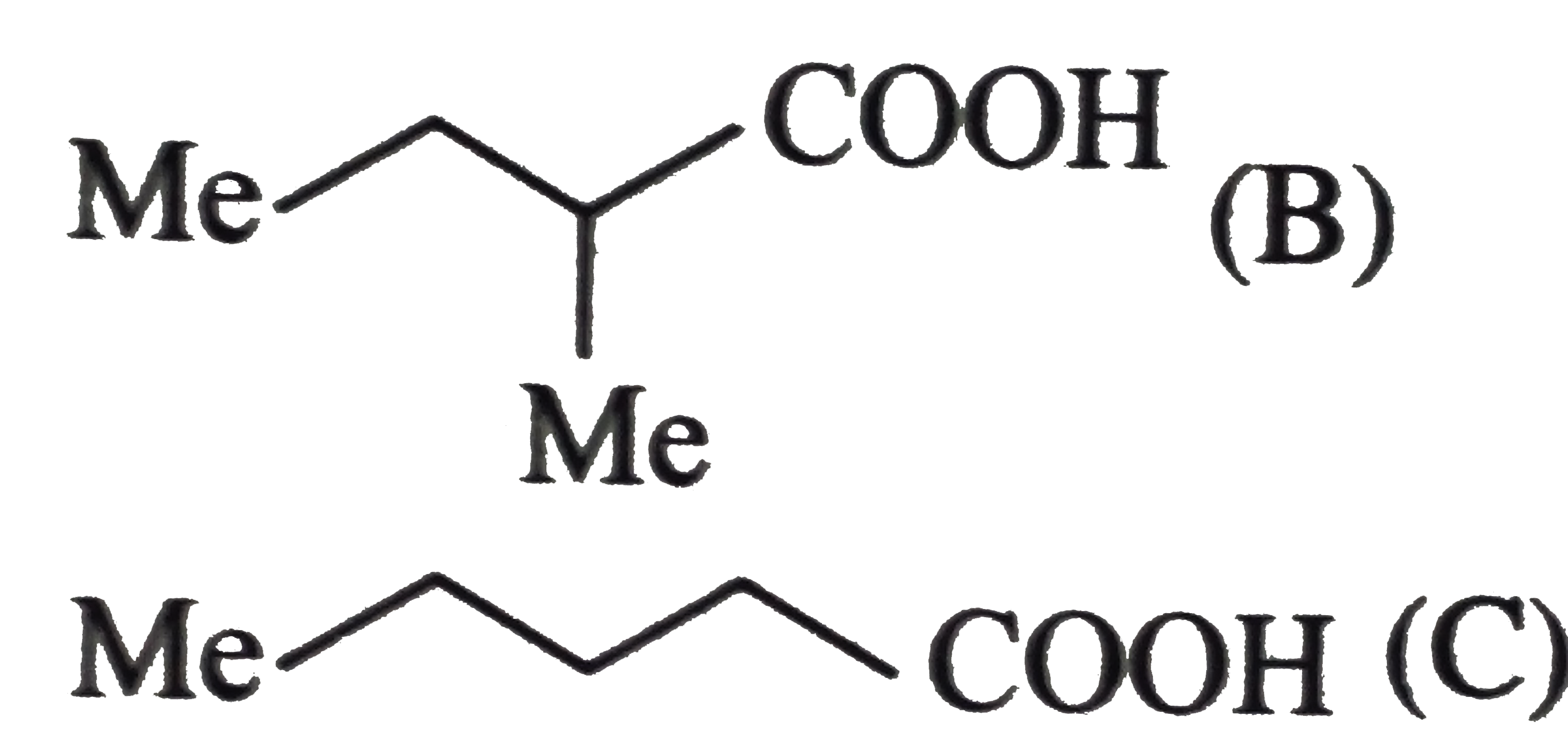Differentiate between the following (with examples)
Open and Closed System.
Step-by-Step Solution:
1. Definition of Open System:
An open system is defined as a system that can exchange both mass and energy with its surroundings. This means that substances can enter or leave the system, and energy can be transferred in or out.
Example: A common example of an open system is boiling rice in an open container. When the lid is removed, steam (water vapor) escapes, and heat is exchanged with the environment.
2. Definition of Closed System:
A closed system, on the other hand, is defined as a system that can exchange energy but not mass with its surroundings. This means that while energy (in the form of heat) can enter or leave the system, the substances within the system remain contained.
Example: An example of a closed system is boiling rice in a closed container (with a lid). In this case, steam cannot escape, and no rice or water can enter or leave the container. However, heat can still be transferred to and from the container.
3. Comparison:
- Mass Interaction: Open systems allow mass interaction, while closed systems do not.
- Energy Interaction: Both open and closed systems allow energy interaction, but the manner and extent differ.
- Examples: Boiling rice in an open container is an open system, while boiling rice in a closed container is a closed system.
Summary:
- Open System: Exchanges both mass and energy (e.g., boiling rice in an open container).
- Closed System: Exchanges only energy, not mass (e.g., boiling rice in a closed container).
---
An open system is defined as a system that can exchange both mass and energy with its surroundings. This means that substances can enter or leave the system, and energy can be transferred in or out.
A closed system, on the other hand, is defined as a system that can exchange energy but not mass with its surroundings. This means that while energy (in the form of heat) can enter or leave the system, the substances within the system remain contained.
- Mass Interaction: Open systems allow mass interaction, while closed systems do not.
- Energy Interaction: Both open and closed systems allow energy interaction, but the manner and extent differ.
- Examples: Boiling rice in an open container is an open system, while boiling rice in a closed container is a closed system.
- Open System: Exchanges both mass and energy (e.g., boiling rice in an open container).
- Closed System: Exchanges only energy, not mass (e.g., boiling rice in a closed container).
Topper's Solved these Questions
- BOOK - CBSE COMPLEMENTARY MATERIALCHAPTER - CHEMICAL THERMODYNAMICSEXERCISE - 5-Marks Questions8videos
CHEMICAL THERMODYNAMICS
- BOOK - CBSE COMPLEMENTARY MATERIALCHAPTER - CHEMICAL THERMODYNAMICSEXERCISE - Hots Questions3videos
CHEMICAL THERMODYNAMICS
- BOOK - CBSE COMPLEMENTARY MATERIALCHAPTER - CHEMICAL THERMODYNAMICSEXERCISE - 2-Marks Questions19videos
CHEMICAL THERMODYNAMICS
- BOOK - CBSE COMPLEMENTARY MATERIALCHAPTER - CHEMICAL BONDING AND MOLECULAR STRUCTURE EXERCISE - UNIT TEST13videos
CHEMICAL BONDING AND MOLECULAR STRUCTURE
- BOOK - CBSE COMPLEMENTARY MATERIALCHAPTER - CLASSIFICATION OF ELEMENTS AND PERIODICITY IN PROPERTIES EXERCISE - 5 - MARKS QUESTIONS6videos
CLASSIFICATION OF ELEMENTS AND PERIODICITY IN PROPERTIES
Similar Questions
Differentiate between the following acids :
(a)
(b) View Solution
View SolutionDifferentiate between the following.
Flora and faunaView SolutionDifferentiate between the following.
Prothalius and protonemaView SolutionDifferentiate between the following :
Amylose and AmylopectinView SolutionDifferentiate between the following with suitable examples :
(i) mineral and ore
(ii) corrosion and rancidity
(iii) malleability and ductilityView SolutionDifferentiate between the following.
Gametophyte and sporophyteView SolutionDifferentiate between the following
Tendons and ligaments.View SolutionDifferentiate between the following.
Apogamy and aposporyView SolutionDifferentiate between the following.
Homospory and heterosporyView SolutionDifferentiate between the following
(a) Exocrine and endocrine gland.View Solution

